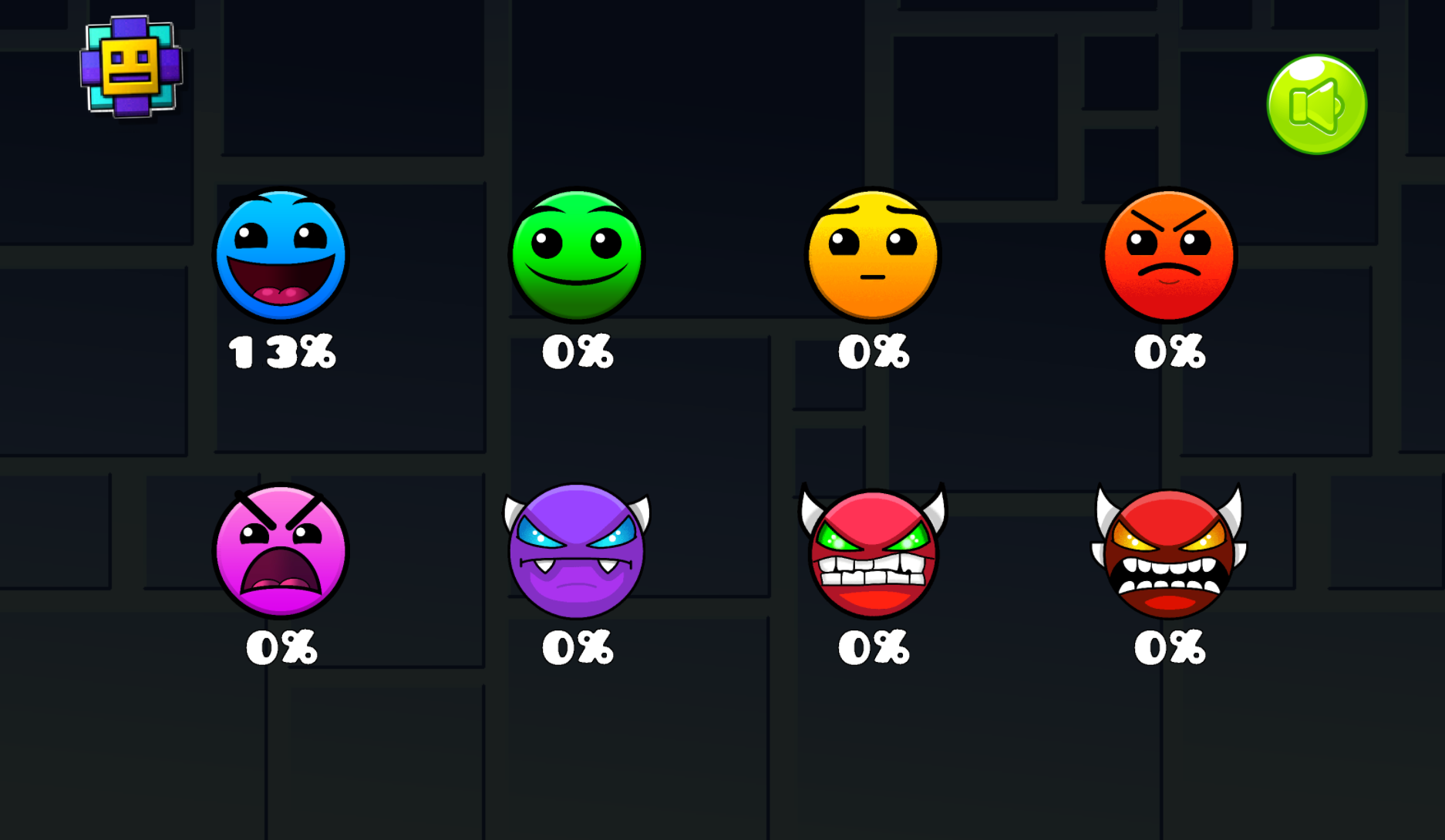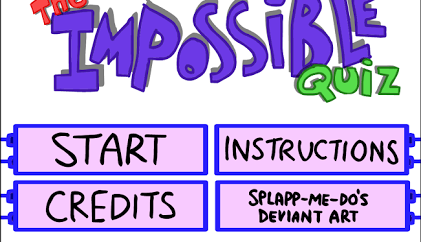Oversee Harvey’s routine—then read what the Program really thinks.
Keep exploring
Keep the momentum going with more arena racers, action trials, and puzzle standouts.

Geometry Dash Wave

Speed Stars

Growden io

Steal A Brainrot Unblocked

Slope Rider

Royaledle

Clasherdle

Geometry Dash Spam

Take Care of Your Own Hollyberry

The Impossible Quiz
BLOODMONEY2: a sterile routine with teeth
Monitor a life that’s scored like a spreadsheet
BLOODMONEY2 places you inside a sealed facility where Harvey lives on repeatable schedules and you pull the levers. You guide meals, hygiene, rest, budgeting, and mood checks while an invisible bureaucracy watches. The interface is gentle, the colors are soft, yet every click makes a mark you cannot see—until a report arrives to tell you what kind of caretaker you have become. The tension in BLOODMONEY2 isn’t loud jump scares; it is the pressure of oversight and the itch to optimize a person as if he were a line item. From the first minute, BLOODMONEY2 asks you to balance empathy with output, and it never lets that question go.
Short loops, long shadows
Each session in BLOODMONEY2 runs just a few minutes, but consequences ripple into future cycles. You decide: is a perfectly timed routine better than an extra moment of comfort? Maybe you clean the kitchen to an ideal baseline and neglect a conversation, or maybe you linger in a dialogue and watch the timetable slip. The ledger notices. BLOODMONEY2 records how fast you act, how neatly you execute, and how you respond when a request feels off. It quietly adjusts scenes, inserts unusual lines, and shifts the tone of status screens. The more you run it, the clearer the pattern becomes—and the more you question your own.
Five intimate micro-games, one unnerving evaluator
In BLOODMONEY2, tooth brushing is a precision rhythm, cooking is sequencing, finance sorting is categorization, rest management is timing, and emotional care is attentive clicking. None are difficult on their own, but together they create a rhythm that’s easy to chase and hard to master. The system never shouts your score, yet BLOODMONEY2 reacts with small artifacts: a delayed animation, a clipboard note, a stray audit code on the margin. These fragments feel like someone else is in the room, and that presence is what makes BLOODMONEY2 stick in your head after the window is closed.
Care, compliance, and the space between
BLOODMONEY2 reframes kindness as a resource you can spend or hoard. Give Harvey extra time to calm down after a stressful meal, and you may miss an ideal finance interval. Hit every timer with machine precision, and you might skip a question he clearly needed to ask. The game never says which choice is correct. Instead, BLOODMONEY2 writes a summary that reads like a supervisor’s note: cool, exact, and oddly personal. You learn to read between the lines, to spot the praise that doesn’t feel like praise, the warning that sounds like encouragement. It’s unsettling because it mirrors real systems where metrics masquerade as morality.
Branching reports that feel like memos from behind glass
As you replay BLOODMONEY2, you’ll see alternate fragments of dialogue and report phrasing. Failures don’t simply reset; they open new commentary. Merciful actions sometimes produce glitches that look like the interface arguing with itself. Harsh efficiency might unlock a clinical compliment that rings hollow. Over time, BLOODMONEY2 accumulates a dossier on you, and the dossier becomes the real story. The pastel UI becomes a lid on a pressure cooker, and you, not just Harvey, are what’s being measured.
Systems tuned for replay
The loop in BLOODMONEY2 is engineered for iteration. Controls respond instantly, transitions are swift, and objectives are compact. You can experiment with a compassionate-first route, then swap to an efficiency-first route, and compare how the ledger phrases its conclusions. Because BLOODMONEY2 keeps everything legible, you’ll start devising builds: a tidy-caretaker build that hits perfect thresholds, a caretaker-as-confessor build that prioritizes talk time, and a hybrid build that skirts the guardrails. None is flagged as the canonical path; the fun is in trying to outguess a watcher that refuses to state rules.
Reading the Program’s tells
Attentive players will notice that BLOODMONEY2 telegraphs preferences through pacing. Certain micro-games nudge you to cut corners for speed; others reward an extra beat of attention. The trick is that the ledger weights these behaviors differently across runs. Keep notes, watch the order of audit tags, and you’ll feel like a detective. When a report swaps one adjective for another—efficient to expedient, compassionate to permissive—you know something beneath the surface has shifted. That small linguistic wobble is the heartbeat of BLOODMONEY2.
Strategy without spreadsheets
Though BLOODMONEY2 never asks you to open a calculator, strategy matters. Try setting soft priorities per cycle: one loop where conversation trumps all, one where cleanliness is king, and one where sleep timing rules. Track which lines of dialogue recur and which disappear. BLOODMONEY2 rewards this observational play with subtle endings that feel earned. You will learn when to accept imperfection and when to chase a clean sequence. You will learn that a perfect kitchen might be the wrong victory—and that a minute of listening could be the only metric that matters to you, even if the ledger frowns.
Tips for early mastery
First, in BLOODMONEY2, treat timers as guidelines, not shackles. Second, stack tiny efficiencies where they don’t cost warmth—like queuing a pot before a chat—so you can spend time generously elsewhere. Third, reread every summary; BLOODMONEY2 hides advice in tone, not bullet points. Finally, try failing on purpose to see what breaks. The game is generous with resets, and the edge cases teach more than flawless runs.
Why it resonates
We live in dashboards. BLOODMONEY2 understands that modern life is audited by numbers: streaks, budgets, steps, minutes focused. It shows how easily care can be shaped by metrics and how quickly metrics can define care. Playing BLOODMONEY2 feels like standing between a human and a spreadsheet, holding both, and choosing which to please first. The result is a compact simulation that lingers like a question you can’t stop answering.
For players who love narrative experiments
If you enjoyed quiet, systems-driven stories that whisper instead of shout, BLOODMONEY2 belongs on your list. It’s approachable in mechanics, generous in replay hooks, and razor-sharp in theme. You can finish a loop on a coffee break, then spend the rest of the day thinking about a single line in the report. That reflective aftertaste is the signature of BLOODMONEY2.
Accessibility and feel
Controls in BLOODMONEY2 are mouse-forward and forgiving. Visual clarity keeps task states readable, and sound cues are informative without demanding headphones. Sessions save your sanity as much as your progress; you can bail out and return without friction. The design’s softness is deliberate, a gentle wrapper on a thorny core. Every element in BLOODMONEY2 is tuned to keep you playing just one more cycle.
Endings worth chasing
You won’t need a guide to see different conclusions in BLOODMONEY2, but curiosity helps. Act with extreme precision, and one flavor of memo appears. Act with radical kindness, and another registers, sometimes with a glitch that feels like a smile. Drift between, and BLOODMONEY2 writes something weightier, as if it recognizes a caretaker trying to do two jobs at once. None of these outcomes feel cheap; they read like reflections.
What you’ll talk about after
Players trade lines from the reports more than scores. That’s telling. BLOODMONEY2 gives you a language to discuss the ethics of optimization, the fatigue of always being rated, and the strange relief of refusing a perfect run. It’s a simulation you can finish many times, but it’s also a mirror you revisit to check who you are becoming. By compressing life into small tasks and then grading them, BLOODMONEY2 asks the oldest design question in a new way: what is a good outcome, and for whom?
Whether you arrive for tidy routines or for narrative unease, BLOODMONEY2 meets you with a steady hand and a cool gaze. It will not scold you, but it will remember you. And in that memory, you’ll find the challenge—one that starts in the kitchen sink and ends in the margins of a file that looks suspiciously like your own.
Oversee Harvey’s routine—then read what the Program really thinks. is ready to play
Manage Harvey’s needs under silent oversight and steer his fate. Balance care, speed, and obedience in BLOODMONEY2 to trigger new reports, eerie glitches, and branching endings.
Share Oversee Harvey’s routine—then read what the Program really thinks.
Spread the word, invite friends, or bookmark this page to revisit the story whenever you need it.